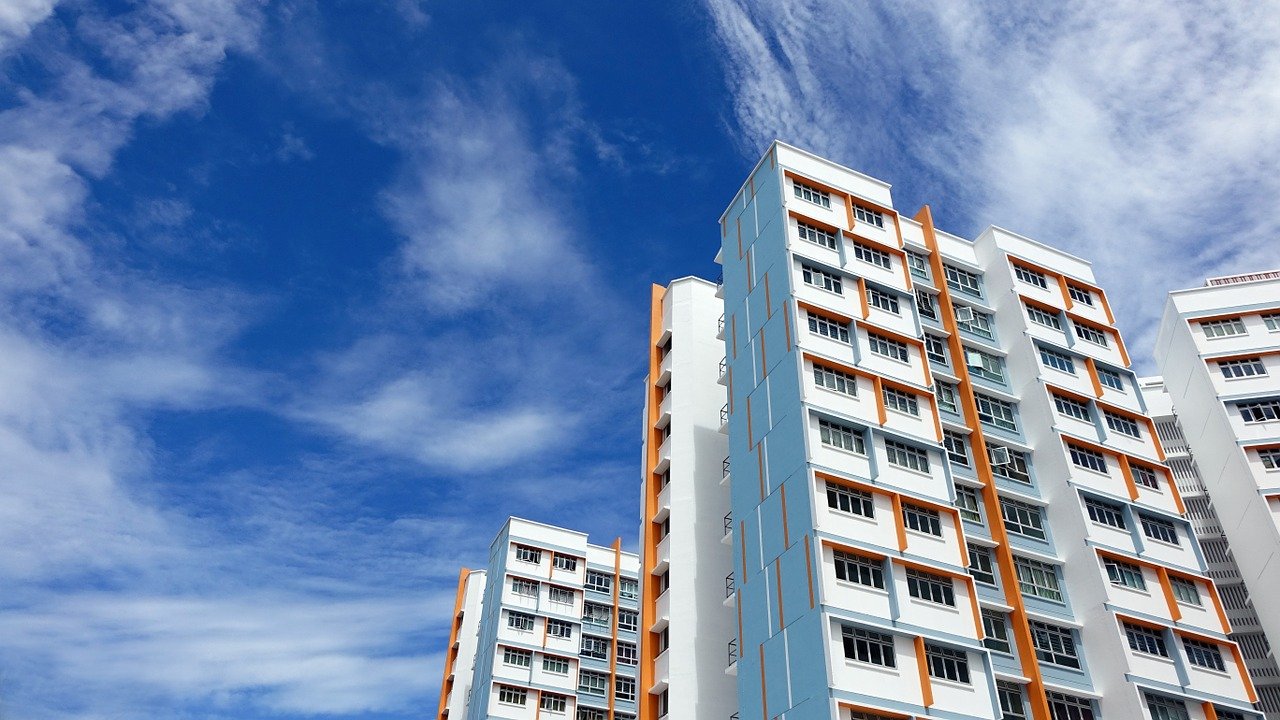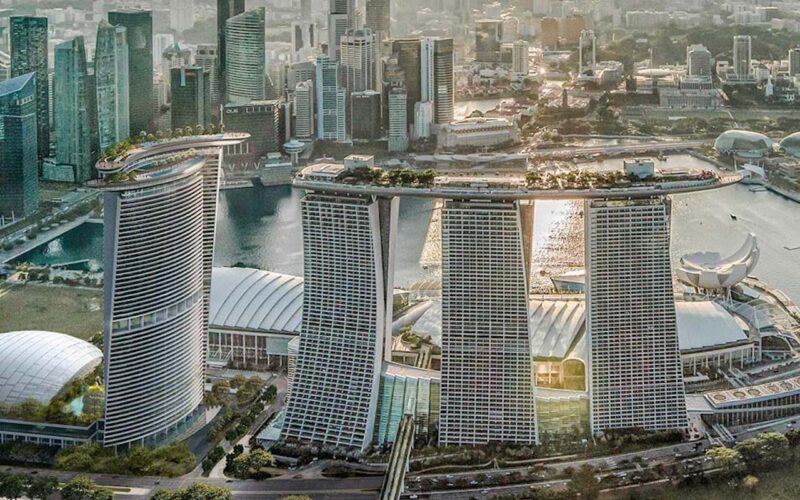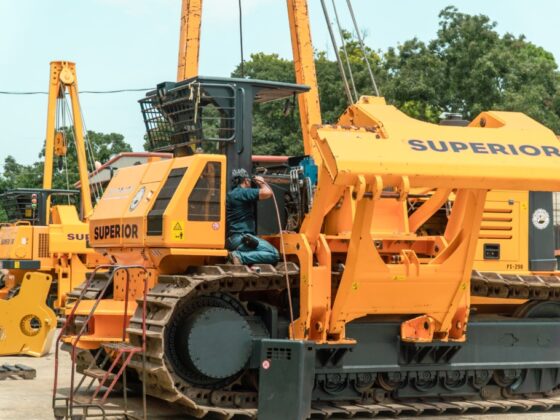In the bustling heart of Southeast Asia, Singapore stands as a beacon of innovative architecture and forward-thinking urban planning. Property development projects here are not merely constructions; they embody the fusion of cutting-edge design and sustainable living.
As the demand for residential, commercial, and mixed-use spaces soars, understanding the intricacies of these projects becomes essential for investors, developers, and prospective homeowners alike. From government regulations that shape the market to the burgeoning trends of smart living, navigating Singapore’s property landscape requires not only knowledge but also adaptability.
With each new development, a chapter in the city’s ever-evolving story unfolds, presenting both opportunities and challenges that call for keen insight. Whether you’re a seasoned investor or a first-time buyer, this comprehensive exploration will equip you with the insights necessary to traverse the dynamic terrain of property development in Singapore.
Understanding the Property Development Process

Understanding the property development process in Singapore involves navigating a complex landscape of regulations, stakeholders, and market dynamics. Initially, it begins with identifying viable land parcels, often through rigorous site analysis and feasibility studies.
These studies encompass financial modeling, zoning laws, and demographic trends, a multi-faceted approach that can seem overwhelming. Yet, the journey continues with securing necessary approvals from various government agencies, a task that demands patience and strategic planning.
Developments like River Green are prime examples of what can emerge when meticulous planning meets a deep understanding of urban needs. As you delve deeper, the collaboration with architects and contractors becomes paramount, assisting in translating vision into tangible design.
Along the way, investors must remain attuned to market fluctuations and buyer preferences, iterating plans to ensure alignment with current demand. Ultimately, the process is not merely about constructing buildings; it’s about crafting communities—each project a unique tapestry woven from vision, regulation, and the very essence of modern living.
Key Regulations and Legal Requirements

When embarking on property development projects in Singapore, understanding the key regulations and legal requirements is paramount. The Urban Redevelopment Authority (URA) leads the charge in overseeing land-use planning, stipulating zoning laws that dictate how specific areas can be developed.
Furthermore, developers must navigate a labyrinth of permits and licenses, from the Building Plan Approval to the Temporary Occupation Permit, each serving its unique purpose in ensuring that projects adhere to safety and environmental standards. The Building and Construction Authority (BCA) enforces stringent regulations to safeguard the structural integrity of buildings, while the Land Transport Authority (LTA) may impose additional requirements for developments impacting transport infrastructure. Additionally, developers should be acutely aware of the En Bloc Sale process, which can complicate acquisitions of privately owned properties.
Staying abreast of changes in laws, such as those about the Property Tax Act, is also critical in a landscape where policies evolve in response to market dynamics and environmental considerations. Thus, a comprehensive grasp of these regulatory frameworks not only facilitates compliance but also enhances project viability and success in Singapore’s competitive property market.
Conclusion
In conclusion, navigating the landscape of property development projects in Singapore requires a keen understanding of the market dynamics, regulatory framework, and emerging trends. With a growing focus on sustainability and innovative urban design, developments like River Green illustrate the potential for creating vibrant communities while adhering to environmental standards.
As the demand for residential and commercial spaces continues to rise, investors and developers must stay informed and adaptable to the evolving landscape. By prioritizing strategic planning and community engagement, stakeholders can contribute toSingapore’ss vision of becoming a smart and sustainable city.


